Revisiting the Skokomish Tribe’s FSC-Certified Harvest
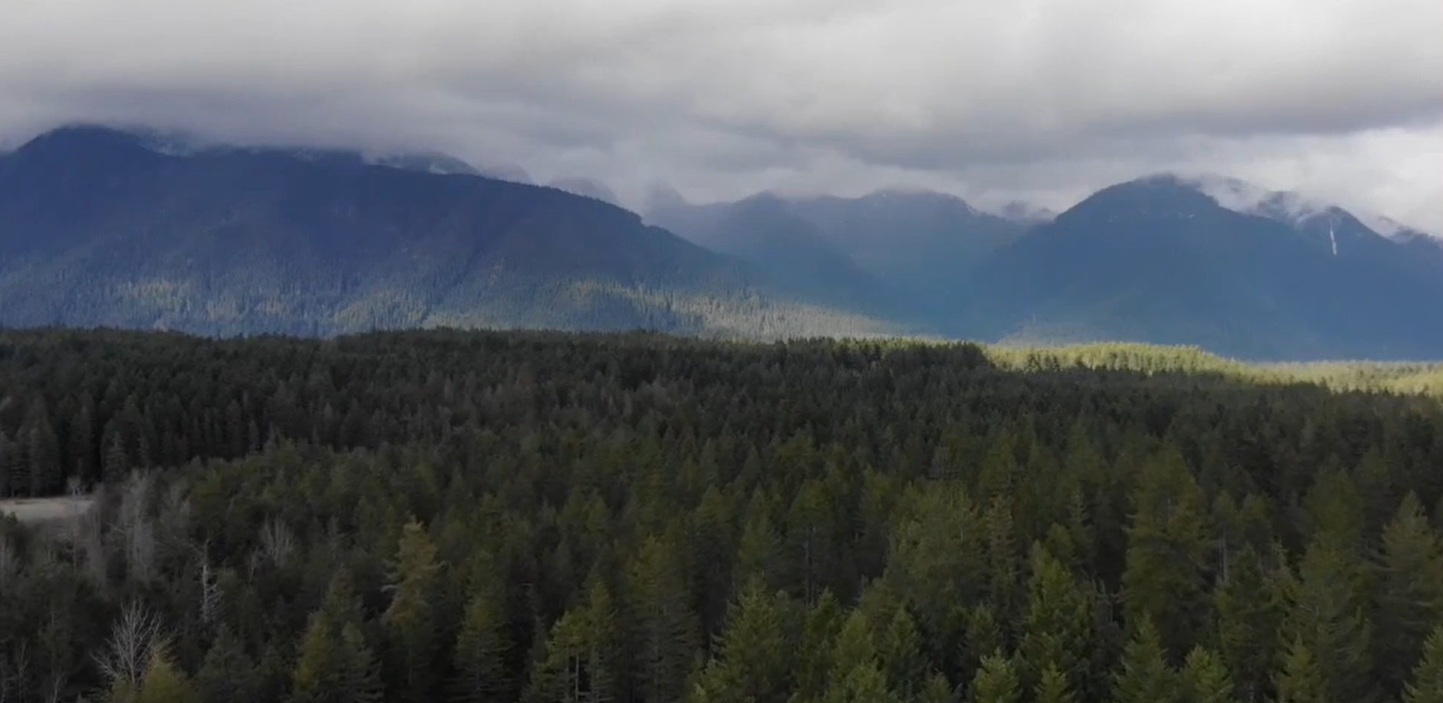
Skokomish Park at Lake Cushman is a scenic, 500-acre forest and campground on Lake Cushman in the Olympic Peninsula. Every year hundreds of campers visit the park to swim and fish on over 8 miles of freshwater shoreline and to hike and bike over 9 miles of trails.

You wouldn’t know it from visiting, but Skokomish Park has gone through a number of legal changes over the years, ending in a land transfer as part of a large settlement. This settlement centered around the relicensing of two Tacoma Public Utilities operated dams on the North Fork of the Skokomish River, known as Cushman No. 1 Dam and Cushman No. 2 Dam. The settlement conditions included the conveyance of the Skokomish Park property to the Tribe. The property had once operated as Lake Cushman State Park under ownership of the City of Tacoma, and was closed and reopened under private management as Camp Cushman prior to the land transfer.
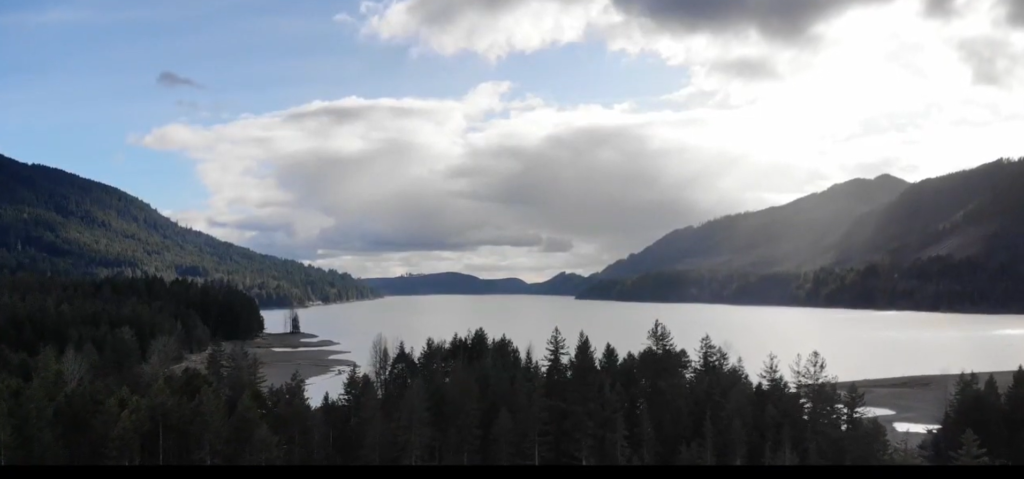
The Skokomish Tribe hired NNRG to help steward its forests in 2014, when it brought in Kirk Hanson, NNRG’s Director of Forestry, to develop a forest management plan. Those forests — including more than 1,500 acres on the Skokomish Reservation and about 500 acres at Skokomish Park — held great potential for ecological forestry after maturing largely on their own for the last 80 to 100 years. The forests were generally overstocked, lacked diversity, and were vulnerable to disease and other mortality factors. A forest management plan was developed with the aim to develop the characteristics of a more mature, diverse, and robust stand that could provide a wide array of ecological benefits, including a variety of understory vegetation species and wildlife habitat. The plan is also intended to generate a sustainable return of high value timber products.
In 2019 the Skokomish Tribe earned Forest Stewardship Council® certification (license code FSC-C008225) through NNRG’s FSC® group certificate for its 2,086-acre forest at the south end of Hood Canal in Mason County. This made it the first tribe in Washington state to gain FSC® certification as a well-managed forest.
FSC® certification & a commercial harvest for Skokomish Park
The first certified harvest of Skokomish Park happened in 2019. Joseph Pavel, Director of Natural Resources for the Tribe, says the previous owners hadn’t been actively engaging in forest stewardship, and the neglect was visible on the forest floor. “It looked dark and gloomy. There wasn’t a lot of healthy understory vegetation, and the stand was too dense. We wanted it to look more open and park-like, with more species diversity. We also wanted to encourage more browsers and grazers.”
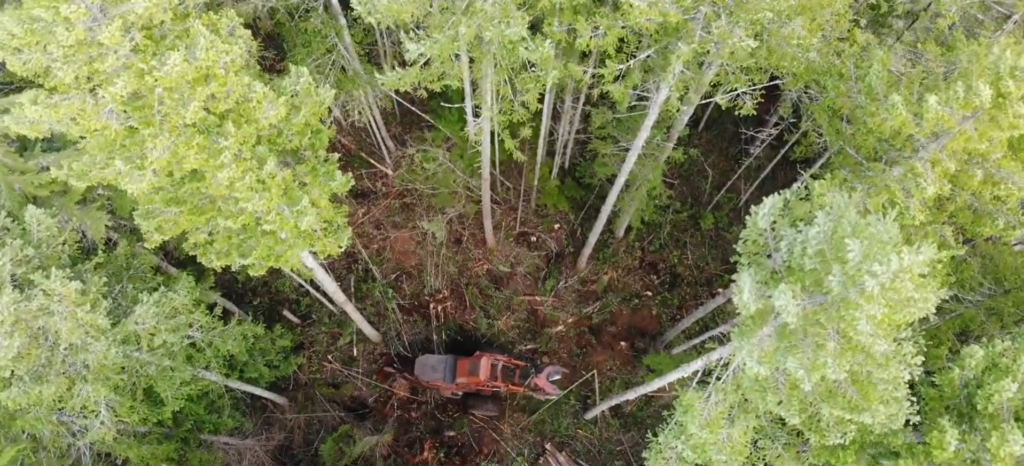
The logging operators used a ‘thin from below’ strategy, in which smaller-diameter trees are removed to create more light, nutrients, and room for other trees and understory to flourish.
Operators navigated compact logging machines deftly between the trees to thin the forest without causing too much disturbance. Cut trees were dragged to log landings (openings in the forest created to stack the logs before shipping) on designated skid trails. Logging slash was scattered across the skid trails to speed up decomposition — and return nutrients to the soil.
Check out this bird’s-eye view of logging machines thinning Skokomish Park in 2019. Bonus: beautiful scenery!
Pavel explains that the Olympic Peninsula’s history of intense, occasional fires has resulted in nutrient-deficient soils in some areas. “There have been fires that burn all the way down to the mineral layer,” so distributing the logging slash around the forest helps build up the organic content of Skokomish Park soils.
To make room for log landings, the loggers had to create larger openings in a few areas. Pavel says those openings may be used for campsites in the future.
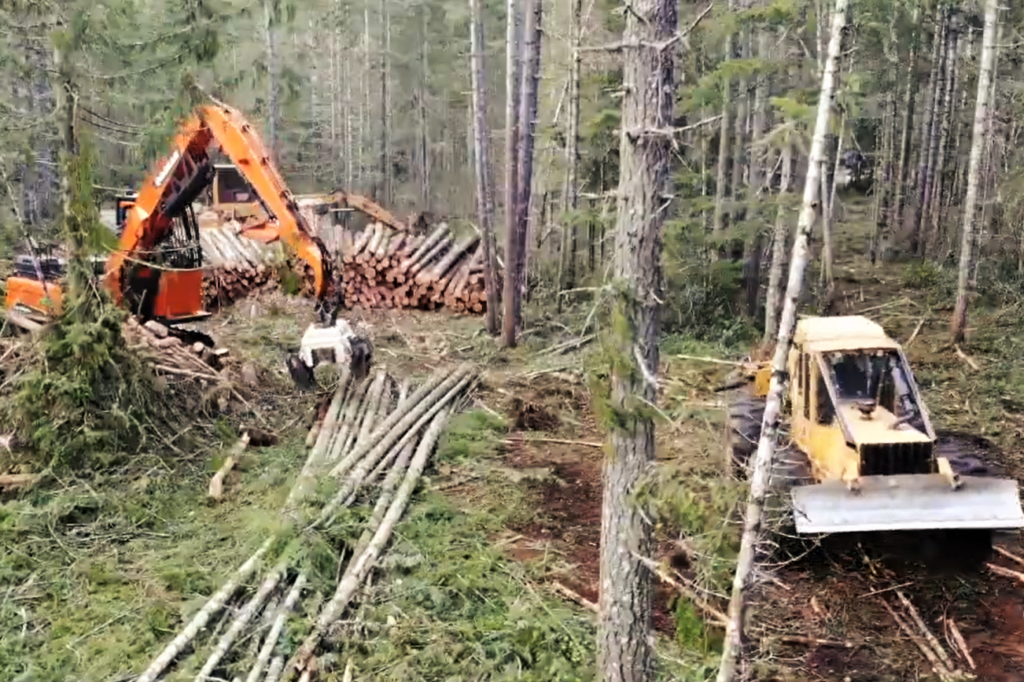
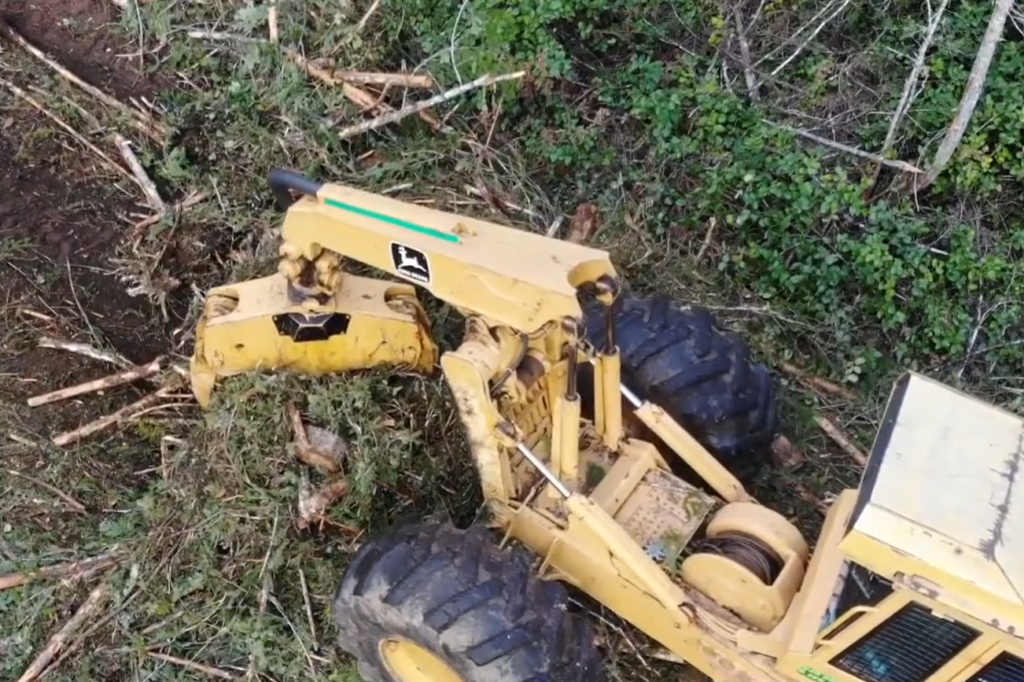
Altogether, Pavel says they were pleased with how the harvest was conducted. “We had a really conscientious operator, and he worked really closely to the guidance we provided.”
A Brighter Future for Skokomish Park
Pavel says he hopes to see a variety of different ecological niches develop in the forest over time — a goal he readily admits isn’t always typical in forestry. “Part of the flaw of forest practices nowadays is the mono-agrarian culture that flies in the face of developing those ecological communities.”
Skokomish Park is currently closed to the general public due to Covid-19 concerns, but by the time it re-opens (who knows when!) the forest will be transforming into a healthier, more open, and more ecological diverse forest.
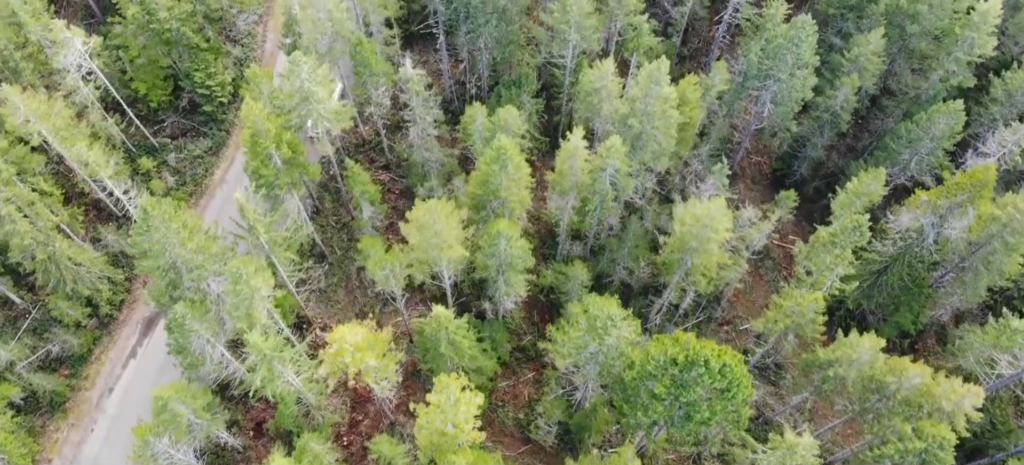

Leave a Reply